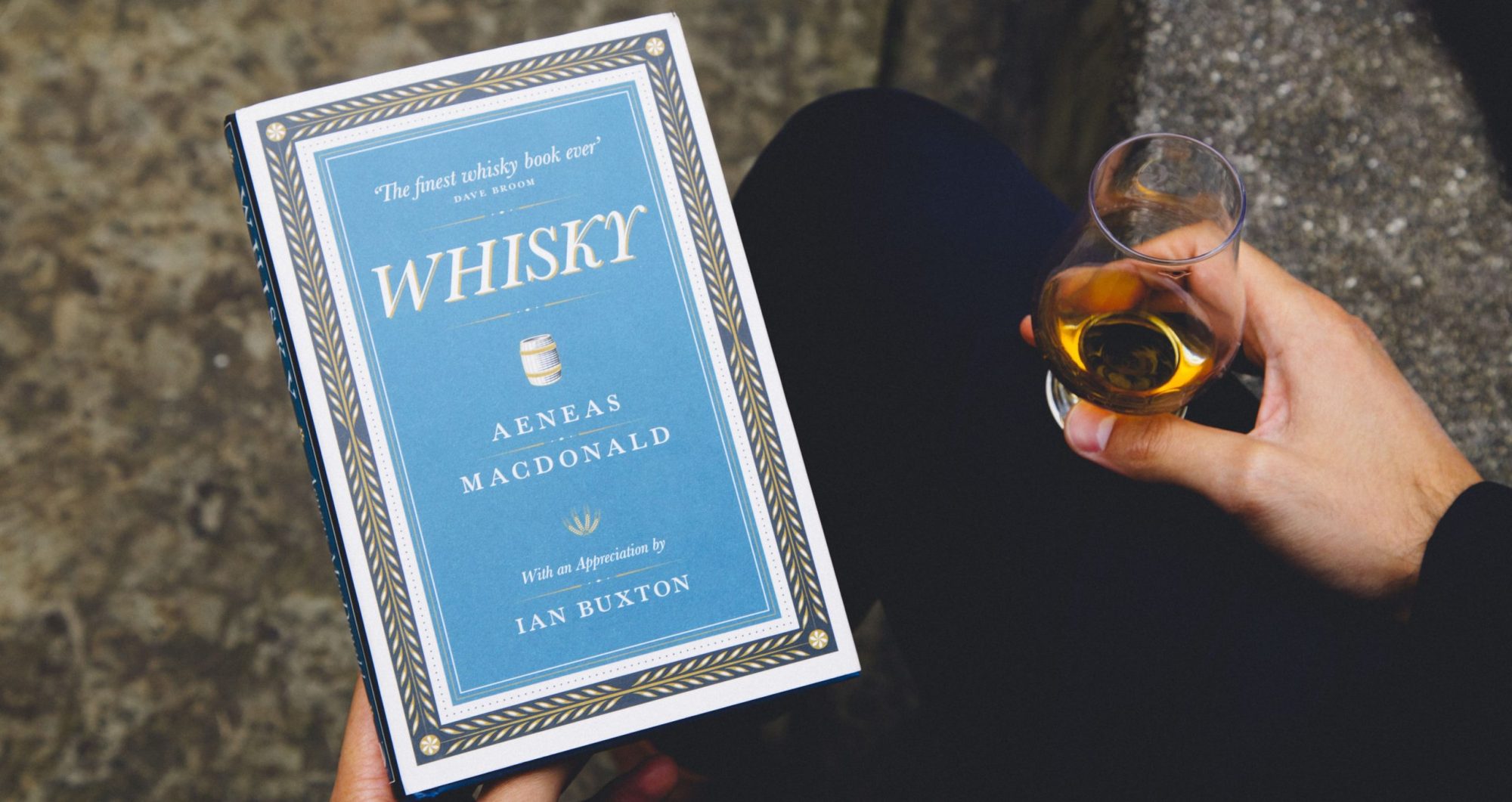How to taste Whisky at home?

The following guide has been designed to help you appreciate and taste whisky at home (or anywhere). It does not matter if you prefer Scotch, Bourbon, Irish, or Japanese whisky. Our primary goal is to provide you with helpful information on the art of whisky appreciation. We want to show you how to enjoy whisky alone or with friends and family. Follow the steps we describe in this article, and you will be surprised to discover how easy it is to enjoy this legendary drink.
Pre-start: The whisky tasting glasses
We recommend drinking your whisky in a Glencairn glass. Expert whisky drinkers have designed this tulip-shaped glass for its enjoyment and appreciation. It is wide at the bottom to appreciate the whisky’s colour, body, thickness, and oiliness. It is narrow at the top to help your nose catch all the aromas more easily and quickly. This glass will allow you to appreciate the physical and aromatic characteristics of your whisky. However, if you don’t have a Glencairn, don’t worry; you can also drink your whisky in a tumbler or a small wine glass.
Pour a dram of your chosen whisky into the glass and let it sit for at least 1 or 2 minutes to allow all its notes to appear. Let your whisky breathe and develop its flavour in the glass before you drink it. For older whiskies, let’s say 20 years or more, let it be 1 minute for each year. e.g. 20 years = 20 minutes, and so on.
Step 1 – Colour
The colour is the first step to understanding what’s going on with your whisky. Look closely and identify if the whisky is pale, golden, amber or red. The lighter the colour, the more likely the whisky was matured in Bourbon casks; the darker the colour, the more likely the whisky was matured in Sherry or Port casks. Sometimes, the darker the colour, the older the whisky. However, this is not always the case. Don’t worry about trying to identify the age of the whisky. In this step, let’s focus on the type of maturation rather than the age.
Step 2 – Visual Texture (Viscosity):
Swirl the whisky around the glass and see how fast or slow the legs fall. If they fall fast, it indicates that your whisky will be light-bodied and relatively easy to drink. On the other hand, if the legs take some time to fall, the whisky is oily and full-bodied. So, it is expected that those whiskies will be richer, more complex and probably older than those where the legs fall quickly.
Step 3 Nosing part 1:
Bring the glass to your nose and inhale gently. Ideally, your mouth should be slightly open, and your nose should be an inch away from the top of the glass. Try to visualise what you are smelling. Our sense of smell is directly connected to our memory. You will likely be able to remember aromas from previous experiences, such as something you ate the night before or even olfactory memories from your childhood.
Step 3 Nosing part 2:
Cover the top of the glass with the palm of your hand. Swirl the whisky, remove your hand from the glass and take a sharp sniff this time. Is there anything new you can discover? Maybe something sweet like honey or caramel? Or is it something spicy like pepper or cinnamon? Smoky and salty, perhaps?
Step 4 Whisky Tasting:
Take a sip of your whisky and hold it in your mouth for a few seconds. Swallow it slowly, allowing your palate to feel its body, texture and flavour. Usually, whisky tastes different at the tip of your tongue than at the back of it. Some whiskies can be sweet and delicate at the beginning and spicy and woody at the end.
- Delicate: Does your whisky have floral, fruity or sweet notes such as honeysuckle, mandarin or vanilla? If so, those flavours or similar ones are indicators of a very delicate whisky that is exceptionally smooth and relatively easy to drink.
- Smoky: On the other hand, if your whisky tastes peaty, salty, earthy or medicinal, these flavours are a clear indicator of smoke. Smoky whiskies are usually easier to identify, as the smokiness tends to predominate over other notes.
Step 5 –Finish and aftertaste
The aftertaste is what remains after you drink your whisky. Identifying its richness or lightness is an excellent way to understand the finish. Does the taste match what you observed when looking at the legs in step 2?
- Rich: After drinking your whisky, think about what happens afterwards. Does the flavour linger for a while? If the flavour stays for a few seconds (or minutes), the whisky is rich, intense, and has a long aftertaste. The longer the aftertaste, the richer your whisky is.
- Light: However, if the flavour disappears relatively quickly, the whisky goes down smoothly without leaving any lasting taste on your palate. This is an indicator of a very light dram. Short after taste and relatively easy to drink.
Step 6 – Time, water and repeat:
Water is an excellent way to gain a deeper understanding of your whisky. A few drops or a splash of water usually enhances its flavour. The water reduces the alcoholic perception and opens up its flavour to make it easier to identify hidden characteristics you probably wouldn’t get without the water. Feel free to add some water and repeat steps 3 to 5 to gain a deeper appreciation of your whisky.
Finally, share your whisky with us on social media. Please tag us and follow us @onceuponawhisky.
Slàinte Mhath!







